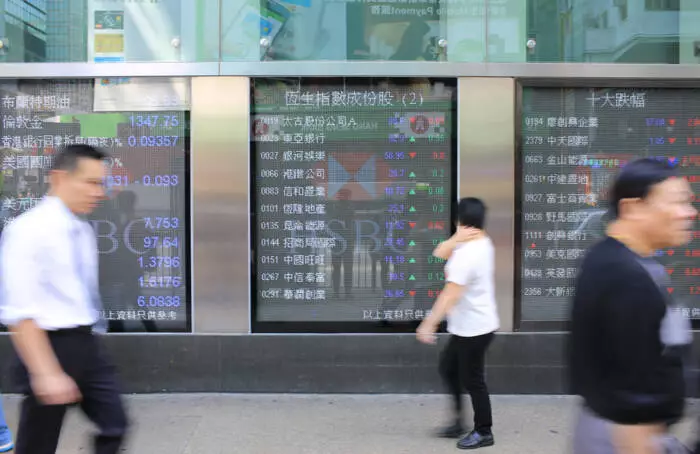In recent weeks, a palpable optimism has surged within investors regarding the future of the Chinese real estate market. This sentiment has been mirrored in the impressive performance of the Hang Seng Mainland Properties Index (HMPI), which remarkably increased by 30.64% during the week ending September 27. Prominent players in this sector experienced eye-watering stock price surges, showcasing specific gains for companies like Longfor Group Holdings Ltd. with a staggering 56.44% gain, Shimao Group Holdings Ltd. at a jaw-dropping 69.81%, and Agile Group Holdings Ltd. rising by 46.51%. These figures underscore a critical turning point for investors who had long been wary of the market’s performance.
Tech Sector Gains: Riding the Wave
The tech sector also basked in the positive wave, evidenced by the Hang Seng Tech Index’s (HSTECH) impressive 20.23% rise. Companies such as Baidu and Alibaba saw notable gains—17.73% and 17.55% respectively—indicating a robust investor confidence that extends beyond real estate. Tencent also contributed to the upward momentum with a gain of 12.66%. This kind of performance suggests not just a recovery but a potential paradigm shift in the confidence surrounding the Asian tech landscape, positioning it favorably in the global market.
Beyond equities, there has been a marked increase in demand for iron ore, spurred by anticipations of a recovery in industrial activity within China. Staggering gains in iron ore prices, which soared 15.62%, highlight the optimistic outlook that is starting to ripple through material sectors as well. Concurrently, gold’s slight increase of 1.38% to $2,658 echoes a trend towards safe-haven assets amidst changing economic tides. Such fluctuations reflect a complex market dynamic where investor euphoria is tethered to tangible economic recovery signals.
On the Australian front, the ASX 200 saw modest movement with just a 0.03% increase. However, this defensiveness reflects broader market sentiments shaped by external pressures and traditional volatility. Notably, mining titans BHP Group Ltd. and Rio Tinto Ltd. enjoyed significant benefits from China’s policy shifts, with gains of 10.91% and 12.77%, respectively, positioning both companies favorably amid an evolving economic landscape.
Looking further north, Japan’s markets are experiencing countervailing forces as inflation data diminishes expectations of a forthcoming Bank of Japan rate reduction. This economic reality caused the USD/JPY exchange rate to spike, reaching a peak of 146.491, before pulling back during subsequent U.S. trading sessions. The resultant weakening of the yen has ignited interest in export-heavy industries, with firms like Tokyo Electron and Softbank reporting strong gains of 13.32% and 6.19%, showcasing a unique resilience amid fluctuating economic conditions.
As markets around Asia evolve, traders are urged to remain vigilant, monitoring emerging data, central bank commentary, and real-time trends. Adapting trading strategies in response to these dynamic shifts is essential for capitalizing on the opportunities presented by Asia’s fast-changing economic landscape. The interconnectivity of these markets underscores a period of adjustment that could significantly alter investment strategies in the coming months. Staying informed will be key for investors eager to navigate these complexities effectively.

